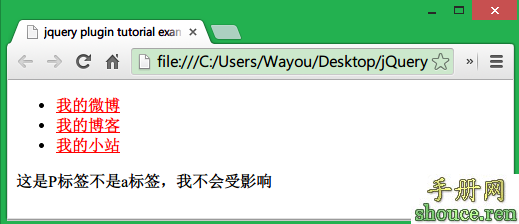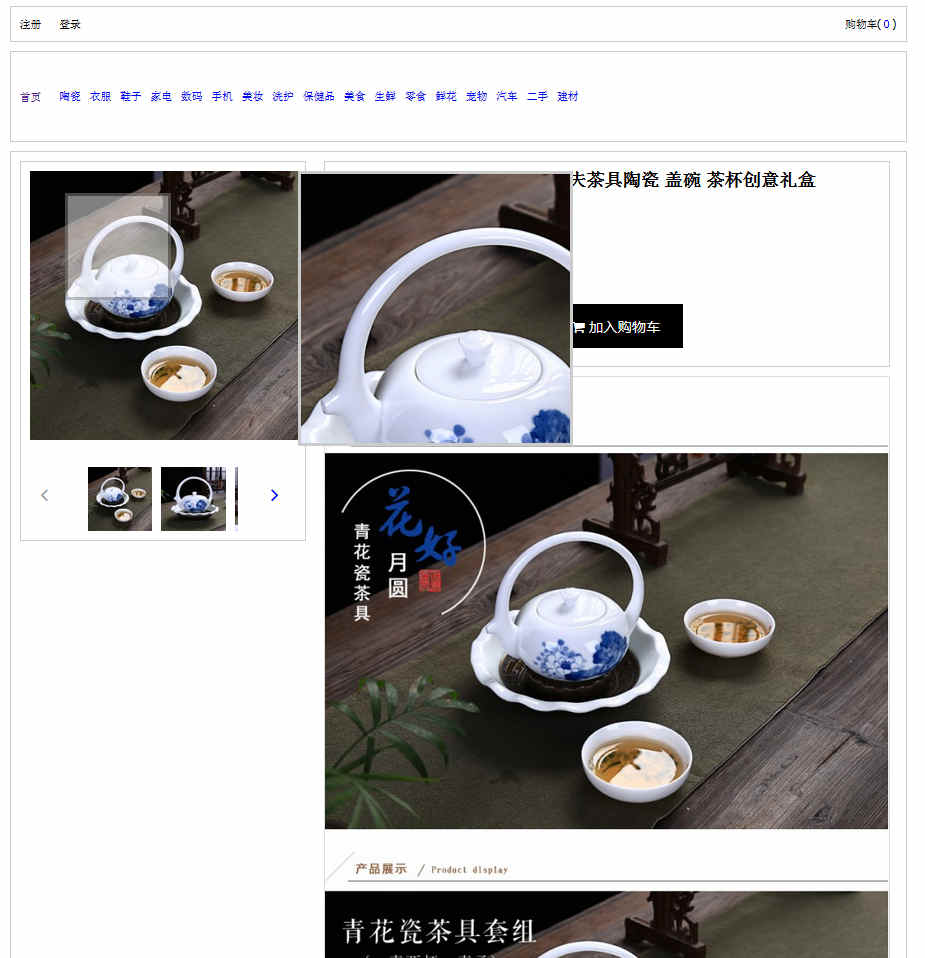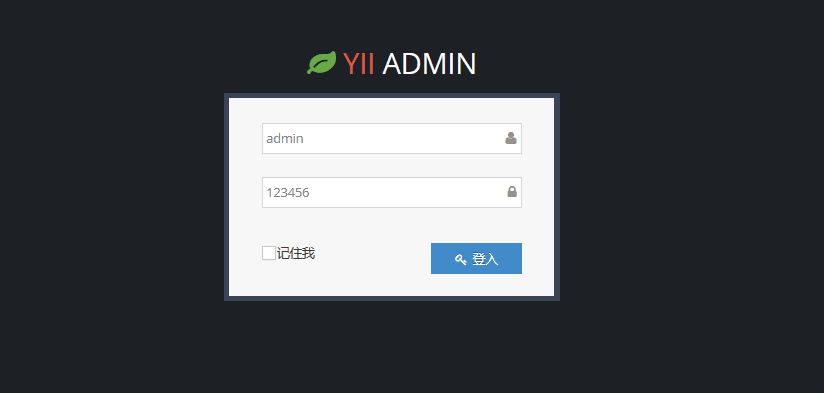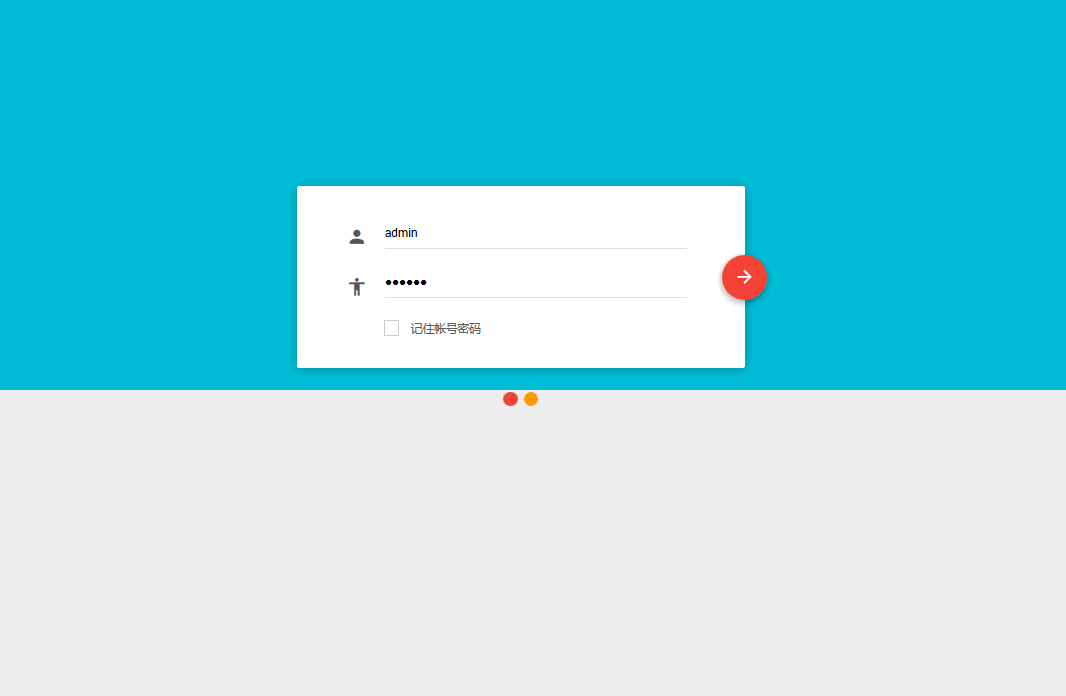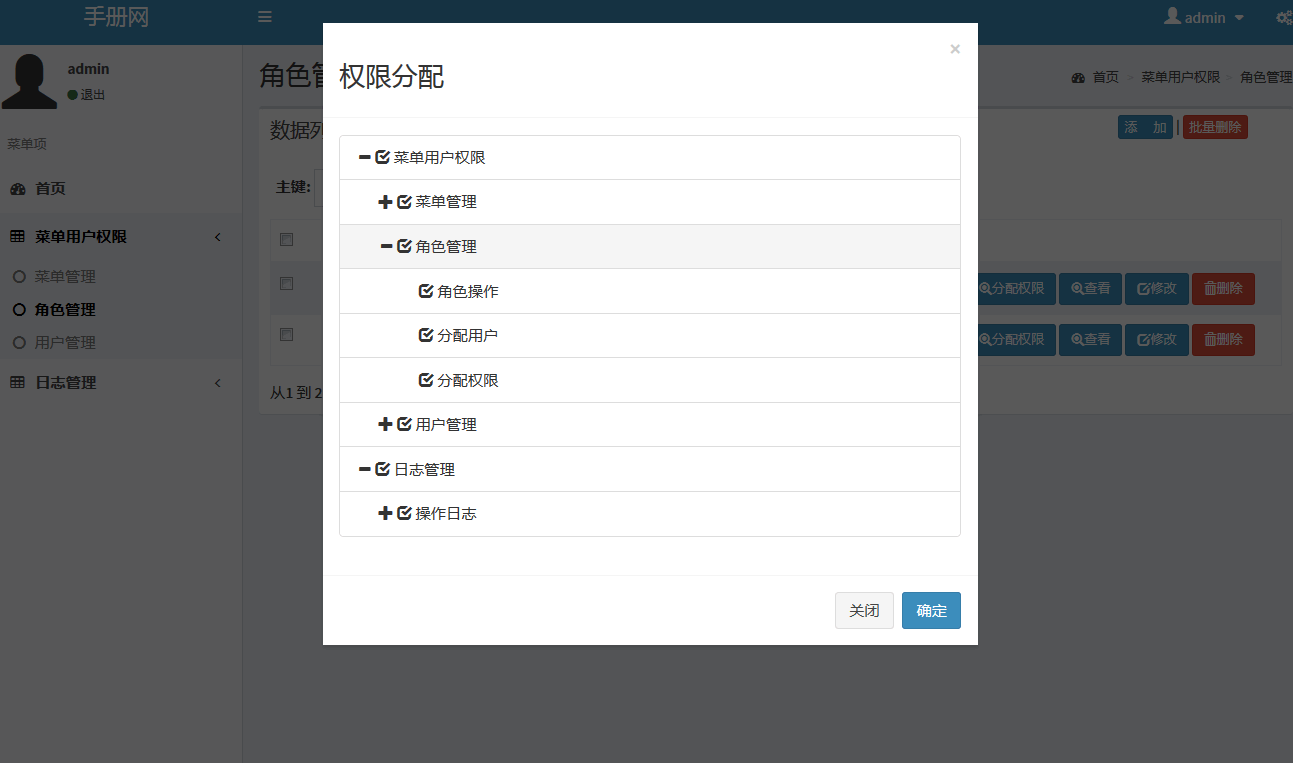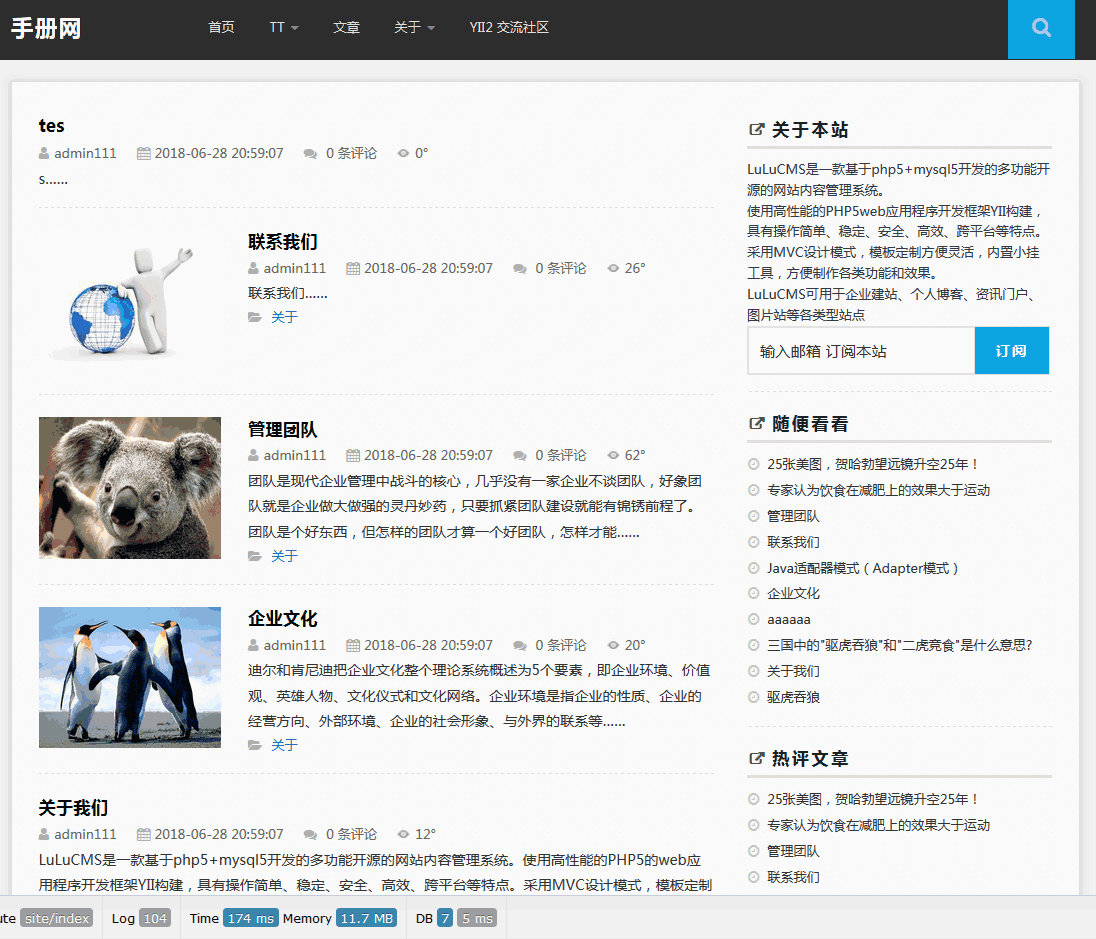PHP 类的一些知识点详解
1.类的定义
- <?php
- class Cart{
- var $items;
- function add_item($artnr,$num){
- $this->items[$artnr += $num;
- }
- }
不能将一个类分开定义在多个文件,也不能将类定义分到多个PHP块(函数内部可以分)。
不能定义名为以下的类:
stdClass
__sleep
__wakeup
事实上不要以__开头定义类。
2.构造函数
- class Cart {
- var $todays_date;
- var $name;
- var $owner;
- var $items = array("VCR", "TV");
- function Cart() {
- $this->todays_date = date("Y-m-d");
- $this->name = $GLOBALS['firstname'];
- /* etc. . . */
- }
- }
类如果没有构造函数,将调用基类构造函数。
构造函数参数可以赋默认值
- <?php
- class Constructor_Cart extends Cart {
- function Constructor_Cart($item = "10", $num = 1) {
- $this->add_item ($item, $num);
- }
- }
- // 买些同样的无聊老货
- $default_cart = new Constructor_Cart;
- // 买些实在货...
- $different_cart = new Constructor_Cart("20", 17);
- ?>
@new 可以抑制发生在构造函数中的错误。
3.类的使用
- $cart = new Cart;
- $cart->add_item("10", 1);
类内部使用$this代表自身。
4.类相关函数
__autoload — 尝试加载未定义的类
call_user_method_array — 调用一个用户方法,同时传递参数数组(已废弃)
call_user_method — 对特定对象调用用户方法(已废弃)
class_alias — 为一个类创建别名
class_exists — 检查类是否已定义
get_called_class — 后期静态绑定(”Late Static Binding”)类的名称
get_class_methods — 返回由类的方法名组成的数组
get_class_vars — 返回由类的默认属性组成的数组
get_class — 返回对象的类名
get_declared_classes — 返回由已定义类的名字所组成的数组
get_declared_interfaces — 返回一个数组包含所有已声明的接口
get_declared_traits — 返回所有已定义的 traits 的数组
get_object_vars — 返回由对象属性组成的关联数组
get_parent_class — 返回对象或类的父类名
interface_exists — 检查接口是否已被定义
is_a — 如果对象属于该类或该类是此对象的父类则返回 TRUE
is_subclass_of — 如果此对象是该类的子类,则返回 TRUE
method_exists — 检查类的方法是否存在
property_exists — 检查对象或类是否具有该属性
trait_exists — 检查指定的 trait 是否存在
5.继承
- <?php
- class Named_Cart extends Cart {
- var $owner;
- function set_owner ($name) {
- $this->owner = $name;
- }
- }
- ?>
PHP不支持多继承。
6.静态方法
- <?php
- class A {
- function example() {
- echo "I am the original function A::example().<br />\n";
- }
- }
- class B extends A {
- function example() {
- echo "I am the redefined function B::example().<br />\n";
- A::example();
- }
- }
- // A 类没有对象,这将输出
- // I am the original function A::example().<br />
- A::example();
- // 建立一个 B 类的对象
- $b = new B;
- // 这将输出
- // I am the redefined function B::example().<br />
- // I am the original function A::example().<br />
- $b->example();
- ?>
7.基类引用 parent
- <?php
- class A {
- function example() {
- echo "I am A::example() and provide basic functionality.<br />\n";
- }
- }
- class B extends A {
- function example() {
- echo "I am B::example() and provide additional functionality.<br />\n";
- parent::example();
- }
- }
- $b = new B;
- // 这将调用 B::example(),而它会去调用 A::example()。
- $b->example();
- ?>
8.序列化
- <?php
- // classa.inc:
- class A {
- var $one = 1;
- function show_one() {
- echo $this->one;
- }
- }
- // page1.php:
- include("classa.inc");
- $a = new A;
- $s = serialize($a);
- // 将 $s 存放在某处使 page2.php 能够找到
- $fp = fopen("store", "w");
- fwrite($fp, $s);
- fclose($fp);
- // page2.php:
- // 为了正常解序列化需要这一行
- include("classa.inc");
- $s = implode("", @file("store"));
- $a = unserialize($s);
- // 现在可以用 $a 对象的 show_one() 函数了
- $a->show_one();
- ?>
9.魔术函数 __sleep __wakeup
10.允许数组方式访问对象属性
方法1
- function obj2array(obj){
- return new ArrayObject(obj, ArrayObject::ARRAY_AS_PROPS);
- }
这个方法比较简单,另一个方法要继承ArrayAccess要复杂一点。
11.数组转对象
- /**
- * 数组转对象
- * @param unknown $e
- * @return void|StdClass
- */
- public static function arrayToObject($e){
- if( gettype($e)!='array' ) return;
- foreach($e as $k=>$v){
- if( gettype($v)=='array' || getType($v)=='object' )
- $e[$k]=(object)arrayToObject($v);
- }
- return (object)$e;
- }
12 自己实现的序列化与反序列化
用在redis时比较方便:
- /**
- * 序列化对象,返回$json字符串
- */
- public static function serialize($model){
- //return serialize($model);
- if(!$model)return '{}';
- $json='{';
- foreach($model as $key2=>$value2){
- if($json!='{')$json.=',';
- $json.="$key2:\"$value2\"";
- }
- $json.='}';
- return $json;
- }
- public static function unserialize($json){
- $json=str_replace('{', '', $json);
- $json=str_replace('}','',$json);
- $array=explode(',', $json);
- $result=[];
- foreach($array as $key =>$value){
- $temparr=explode(',',$value);
- $temparr1=explode(':',$temparr[0]);
- if(count($temparr1)==0)continue;
- $result[$temparr1[0]]=trim( $temparr1[1],'"');
- }
- //$obj= (object)($result);
- return obj2array($result);
- //return $result;
- }
- 没有章节



